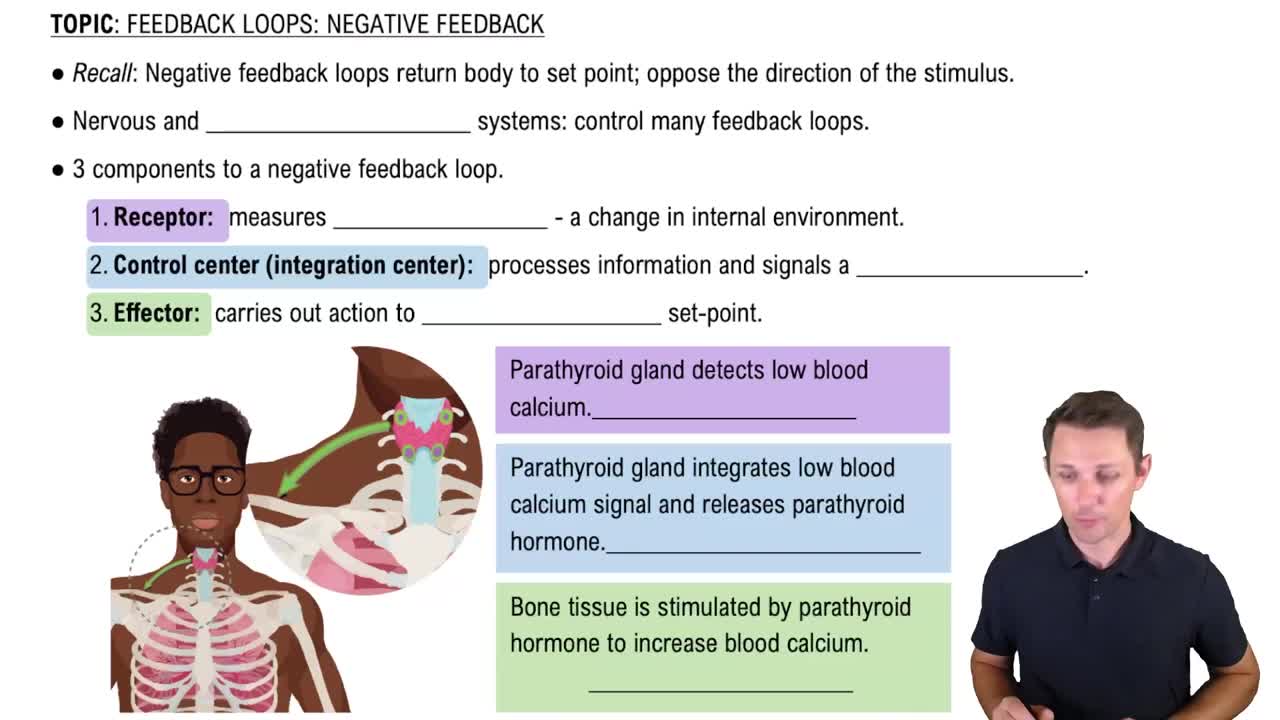Mark the following statements as true or false. If a statement is false, correct it to make a true statement.
Hormones that decrease blood volume and blood pressure include antidiuretic hormone and aldosterone.
 Verified step by step guidance
Verified step by step guidance Verified video answer for a similar problem:
Verified video answer for a similar problem:

